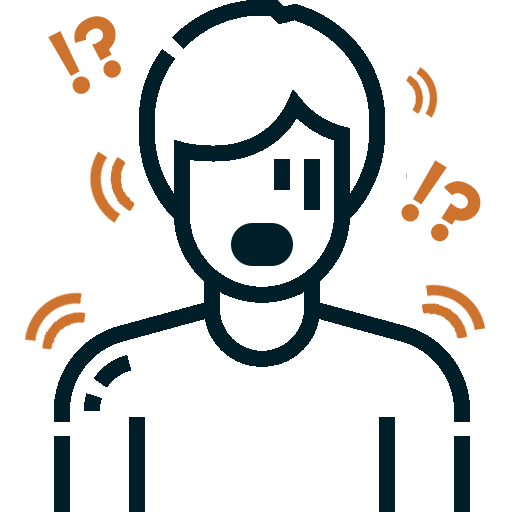Hallucinogens are a category of drugs that profoundly alter perception, mood, and cognitive processes. These substances cause users to experience hallucinations—sensory perceptions that appear real but are created by the mind.
Although some people experiment with hallucinogens for their mind-altering effects, repeated use can lead to addiction and severe mental health issues. Understanding how hallucinogens work and their potential dangers is crucial.
This article explores the effects of hallucinogens, the potential for addiction, and the treatment options available for those struggling with hallucinogen abuse.






